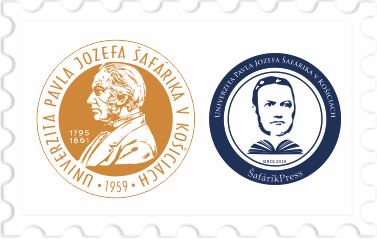Žiadne produkty
Produkt bol úspešne pridaný do vášho košíka
0 ks tovaru Vo vašom košíku je 1 produkt.
Methods of verification of soils prediction maps: a case study from Chernivtsi region, Ukraine
DOI: https://doi.org/10.33542/GC2019-2-04
Autor: Vasyl Cherlinka, Yuriy Dmytruk, Dušan Barabas
Rok vydania: 2019
Vydavateľ: Univerzita Pavla Jozefa Šafárika v Košiciach, Prírodovedecká fakulta, Ústav geografie
Dostupné od: 20.12.2019
URL časopisu: https://www.gcass.science.upjs.sk/
Abstrakt: Knowing the spatial distribution of individual soil taxonomic units is a key factor in man-aging efficient land use not only for agriculture but also for forestry. The use of a comprehensive soil surveys held in past decades and based on fieldwork created the basis for the initial spatial representation of the soil fund structure. However, the spatial distribution of the soil cover was the result of fieldwork and the experience of the person who drew this map. Often this led to some errors in determining the types of soils and their boundaries. To date, there is a growing need for precise methods of land taxation, based on correct information on soil cover. In countries with a large area, such as Ukraine, field surveys still do not cover the whole territory, often the density of the allocation of soil pits was too low, which in some cases led to an incorrect demarcation of soil boundaries. Since such a problem is very urgent for Ukraine, the search and identification of probable problem soil maps by constructing their predicted versions, their comprehensive analysis and cross-validation is an important task. The conducted investigations revealed that morphometric parameters of the relief and their derivatives obtaining from the analyses of DEM are a reliable basis for the predictive modelling of the spatial distribution of soil cover with sufficiently high accuracy, and the methodology based on 11 types of prognostic algorithms would have a significant prospect in solving scientific and production problems. Very important in this process is the selection of predictors derived from the DEM, as well as the structure and distribution of the training dataset, based on which the model will be built later. An equally important part is the control of results, including on the basis of cross-validation of the models used, as well as a comparison of the results with field studies. The article presents the results of 11 simulations, evaluates the quality of predictive algorithms and the models obtained. As a consequence, several possible ways to check the cartographic and simulation results of the spatial distribution of soil taxonomic units were described, as well as their comparison with those actually existing in nature. The most reliable method of the 11 presented is a direct study of the soil in the field and comparing them with the soil map. It is recommended to use it in case of suspicion of poorly executed maps, although financially it is very expensive. More preferred is a set of modelling methods that is based on the data already collected. With reliable sources, they provide an opportunity to predict the soil in places where the survey was not conducted at all. Verification of the quality of the tested models was carried out on a fragment of the Ukrainian region within the boundaries of the Chernivtsi region, confined to the Prut-Dniester and Prut-Siret interfluves.
Kľúčové slová: soil map, simulation, morphometric parameters, DEM, prediction algorithms
Názov časopisu: ISSN: Ročník: Ćíslo: | Geographia Cassoviensis 2454 – 0005 13/2019 2 |
